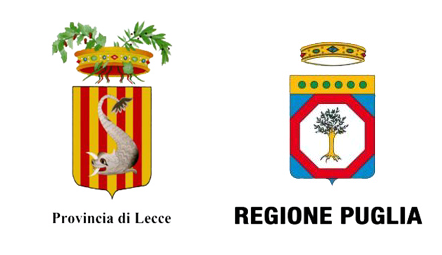HYPERSPECTRAL SYSTEMS FOR MACHINE VISION INDUSTRIAL APPLICATIONS

ABSTRACT |
|
Machine Vision is the knowledge and approaches used to provide image-based automatic examination for quality control, process control, and robot guidance. Basically, machine vision is used for optical gauging, quality assurance, sorting, part assembly inspection, presence and absence and controlling the manufacturing process. Inspection of components using machine vision technologies provides solution for quality and process control. Various applications of Machine vision technologies are automotive, Pharmaceutical, food and beverage, electronics, packages, process control and special application. Machine Vision in its standard use is related in general to the inspection of the external geometrical properties of the industrial components. In last years more accurate measurements are required, especially related to the internal properties of the components, analysing their chemical composition. Such measurements are often performed in laboratory using system like spectrometers which works on the infrared region, able to capture the chemical information of the industrial components but are strongly limited by the number of the analysed points and their speed, not often adequate for industrial applications. These limitations are now overcome by a new type of inspection which is called Chemical Color Imaging (CCI). Chemical Color Imaging (CCI) is the analytical capability to create a visual image of components distribution from simultaneous measurement of spectra and spatial and time information. Such combinations of data could be in general acquired making use of sophisticated measurements system as the so-called Hyperspectral camera. Specifically, CCI makes complex hyperspectral data on a molecular level usable for machine vision. This imaging method represents a new processing technology, which combines essential advantages of the basic technologies of chemical imaging (hyperspectral imaging) and colour imaging (Colour image processing) and makes chemical material properties accessible to a completely new range of users through new approaches to data processing. CCI aims at a holistic approach considering the advantages of spectroscopic and image processing techniques. Hyperspectral cube data are described by colour images holding spatial information together with spectroscopic information coded by colour. Such data format allows the perception of targeted information in a high-dimensional data set (like a cube) as well as the co-processing by means of (colour) image processing methodology. Consequently, the validation of gained perceptions can be realized by a manually or automated comparison with expectations. This circumstance simplifies the process of configuring of hyperspectral data processing (to point out specific spectroscopic information) enormously. Chemical Colour Imaging through hyperspectral camera is applied typically by solution providers, like instrument builders, for industrial purposes. Its main markets today are recycling, food, mining, and the pharmaceutical industry. By adapting a hyperspectral camera with a real-time processing core, Chemical Colour Imaging turns the camera system to an easy-to-understand and intuitive configurable “chemical colour camera”. Since the output data is in a standardized machine vision format, all available image processing solutions can be facilitated for tasks like decision generation, counting or monitoring based on chemical information. Spectral imaging is a way to produce the chemical map of the sample, and, for this reason, we can call the Hyperspectral imaging as chemical imaging. The term chemical imaging is used to document that the image obtained should facilitate visualisation of the distribution of different chemical components within a sample. Chemical imaging is the combination of three fundamental technologies which must be integrated into a single system: the chemical characterisation of a sample, the physical (morphological, texture) characterisation and finally its visualisation (imaging). Chemical imaging is synonymous with spectral imaging. The objective is to use as many wavelengths as possible to exploit the wealth of information which spectroscopy provides. From this point of view, the hyperspectral imaging is the evolution of machine vision, starting from the acquisition of Black and White images, so binary images, passing through the acquisition of RGB images, three spectral bands, arriving to the acquisition of images with hundreds of wavelengths. Hyperspectral imaging is performed generally using hyperspectral cameras which are systems combining the standard vision system and the spectroscopy. A hyperspectral camera is made combining the components of a standard camera with the component of a spectrometer, called imaging spectrometer. Chemical color imaging can be performed in several region of the electromagnetic spectrum making use dedicated cameras. Analysis can be performed in the visible-infrared region in the spectral band comprises between 400 to 1000nm or, in the near infrared region in the spectral band comprises between 900 to 1700nm. Depending on the considered region, specific information of the industrial components can be captured. The talk will deal with topics related to hyperspectral technology, its use, the type of analytical methods developed and implemented, and the developed applications for the industries. A description of the physical basis of spectroscopy will be also held to better understand the use of the hyperspectral systems. |
SPEAKERS |
|
Vittorio Calbucci – ImageS s.p.a. |



